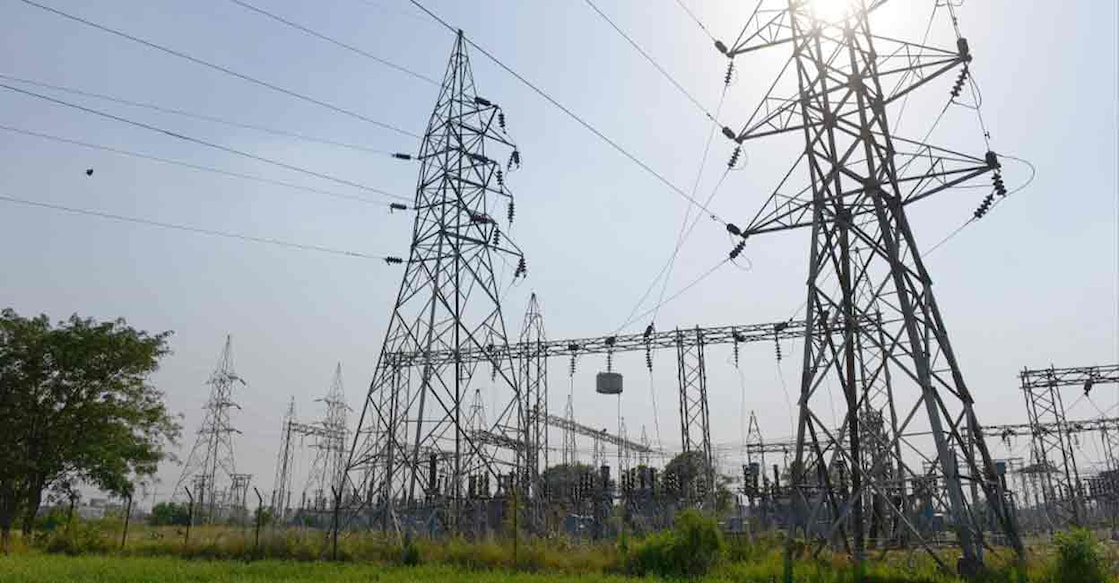Explained | Index of Industrial Production (IIP)

Mail This Article
The Index of Industrial Production (IIP) grew 3.8 per cent in December 2023, showed the data released by the National Statistical Office (NSO).
Factory output measured in terms of the IIP had witnessed a growth of 5.1 per cent in December 2022.
The Quick Estimates of Index of Industrial Production (IIP) are released on 12th of every month (or previous working day if 12th is a holiday) with a six weeks lag and compiled with data received from source agencies, which in turn receive the data from the producing factories/establishments.
Index of Industrial Production (IIP)
• Comparison of economic performance over time is a key factor in economic analysis and a fundamental requirement for policy-making.
• Short-term indicators play an important role in this context by providing such comparison indicators.
• Among the short-term indicators, the Index of Industrial Production (IIP) has historically been one of the most well-known and well-used indicators.
• The all India IIP is a composite indicator that measures the short-term changes in the volume of production of a basket of industrial products during a given period with respect to that in a chosen base period.
• It is compiled and published monthly by the Central Statistics Office (CSO) with a time lag of six weeks from the reference month.
What is IIP?
• Index of Industrial Production (IIP) is defined as a summary measure that measures the changes in the volume of industrial production of a representative basket of industrial products during a particular period with respect to a chosen base period.
• IIP is a short-term indicator that reflects the changes in volume of goods produced over time.
• It follows a robust methodology as per International Recommendations for Index of Industrial Production (IRIIP), 2010.
• Industrial production refers to the outputs of all industrial activities, which form part of the International Standard Industrial Classification (ISIC). The term ‘industry’ is used in a restricted sense of production of commodities, excluding agriculture and services. However, in the compilation of IIP the scope is limited and thus industrial production for the purpose of IIP means that of the sectors of mining, manufacturing and electricity.
• To capture the structural changes in the economy, the government periodically reviews and revises the base year of IIP.
• Present series of IIP with base year 2011-12 is released based on the production data sourced from various ministries/departments,
The index covers 839 items clubbed into 407 item groups under three sectors:
i) Mining (29 items)
ii) Manufacturing (809 items)
iii) Electricity (1 item).
• These three have weights of 14.37 per cent, 77.63 per cent and 7.99 per cent respectively.
• The mining sector covers 29 items under different headings — Fuel Minerals, Metallic Minerals and Non-Metallic Minerals. This sector also includes Crude Petroleum, Natural Gas, Coal and Lignite.
• The manufacturing sector covers 809 items under different groups — Food Products, Beverages, Textiles, Chemicals and Chemical Products, etc.
• The electricity sector is treated as a single item.
Apart from breakup of the index for mining, manufacturing and electricity sectors, the estimates are also simultaneously being released as per use-based classification:
i) Primary Goods
ii) Capital Goods
iii) Intermediate Goods
iii) Infrastructure/Construction Goods
iv) Consumer Durables
v) Consumer Non-Durables.
• The Eight Core Industries comprise 40.27 per cent of the weight of items included in the IIP.
• Index numbers are averages that measure the short-term changes in a variable or a group of variables during a particular period with reference to a chosen base period. The first and foremost use of an index number lies in its ability to summarise the performance of a large number of sectors or segments of the economy in a single figure.
• Although index numbers are short-term measures, these are often used for long-term economic analysis like summarising past developments, forecasting future trends and making decisions on policy issues. Index numbers are very useful for both microeconomic and macroeconomic analysis.
History of IIP
• In India, the first official attempt to compute the Index of Industrial Production (IIP) was made much earlier than the first recommendation on the subject came at the international level.
• The Office of the Economic Adviser, ministry of commerce and industry made the first attempt of compilation and release of IIP with base year 1937, covering 15 important industries, accounting for more than 90 per cent of the total production of the selected industries.
• The all-India IIP has been released as a monthly series since 1950.
• With the inception of the Central Statistical Organisation in 1951, the responsibility for compilation and publication of IIP was vested with the same.
• To capture the changes in the structure and composition of the industry over time due to the technological changes, economic reforms and consumption patterns of the people, it is necessary to revise the IIP periodically by changing its base to a more recent period.
• The IIP series in India has been revised from time to time shifting the comparison base to a recent period, by reviewing the coverage of items and industries and by improving, as far as practicable, with a view to reflect adequately, the industrial growth and structure.
• When the index was commenced in India, the base year adopted was 1937 and this was revised successively to 1946, 1951, 1956, 1960, 1970, 1980-81, 1993-94, 2004-05 and recently to 2011-12.




